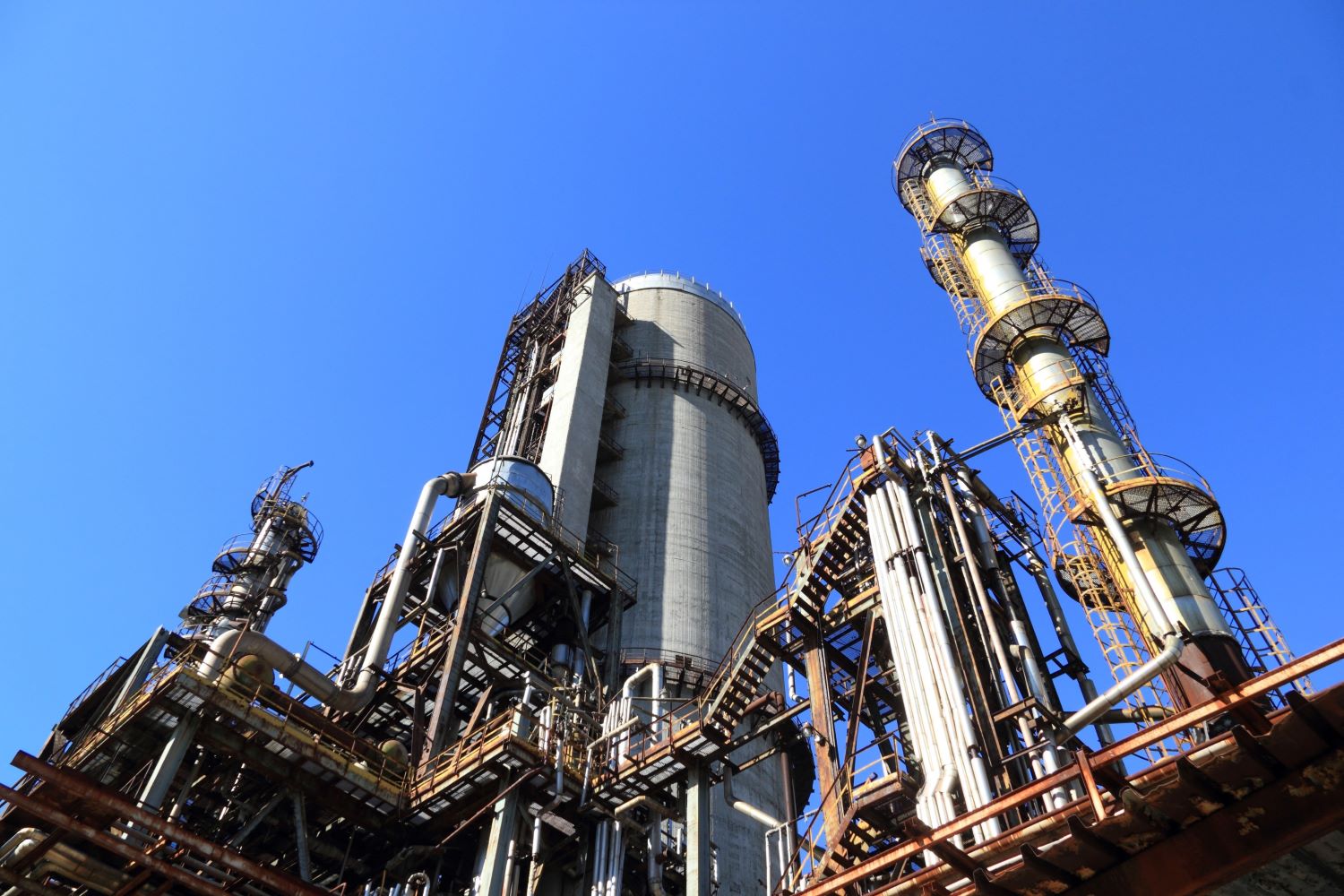 Add My Company
Add My Company

How Omniflex upgraded 21,000 safety-critical alarm points at a major South African processing plant
The Sasol chemical plant in South Africa, which was first constructed in the 1970s, has undergone a series of infrastructure upgrades in recent years to replace ageing, outdated systems. When the plant was constructed, 21,000 critical alarm points were defined for monitoring by annunciators, enabling the plant to manage and control the production process safety. However, when the alarm systems, originally supplied by Conlog, reached the end of their service lives after approximately 30 to 50 years of use, the plant needed to upgrade all 21,000 critical alarm points plantwide on a progressive basis. Sasol engaged safety-critical alarm specialist Omniflex, which was formed as part of a Conlog management buyout, to provide the replacement systems.
Sasol is South Africa’s largest fuel from coal processing plant and also one of its largest downstream chemical manufacturers and is, therefore, home to large quantities of hazardous materials that are manufactured daily. This means that it is vital that all plant processes are suitably monitored and critical alarm systems are in place, able to alert operators about any abnormal alarm events that occur. For example, alarm annunciators that monitor the plant’s steam turbines or catalytic converters, which are an essential part of operations and would have serious consequences in the event of a system failure.
When the plant was first constructed, it engaged Conlog to provide instrumentation for its 21,000 critical alarm points. These alarm points are dispersed throughout the plant, with some as discrete as single 16-point annunciators and other as large as 300-point systems that monitor all safety-critical processes across the site. The systems have performed admirably for decades, but are now in need of replacing after approximately 50 years of service at the plant.
“The larger systems are too costly and difficult to re-engineer, so it was vital that all field wiring remained the same on the new system,” explained Sakkie Buys, Engineer at Sasol Technologies. “Replacements need to comply with the Fit, Form and Function philosophy to optimise savings. Furthermore documenting and re-engineering plant wiring is an administratively challenging task and hugely expensive in labour hours, so any system replacement would ideally minimise any changes.
“This was a large part of the reason we engaged Omniflex as it could provide modern critical alarm systems to replace the old systems that plug into the existing plant interface using the same panel space. This also meant changes to wiring and contacts were kept to a minimum and there were no unnecessary administrative requirements,” continued Buys.
The systems that Omniflex provided for Sasol was comprised of products from across its Omni16 series of alarm annunciators, including its Omni16C 16-point alarm annunciator, Omni16R rack mounted annunciator with card slots for remote logic and OmniX remote LED displays, which provide 8 to 124 annunciator windows in a standalone panel-mount package.
“We replaced the existing rack of card mounts and inserted the Omni16R rack into the same space,” explained Ian Loudon, international sales and marketing manager at Omniflex. “With 16 inputs per card, compared to the previous system that had 2 inputs per card, this meant the new system had a much higher I/O density and required less space and the new technology is 80% more energy efficient using LED technology.
“Cables, which are approximately 30 metres long, connected the alarm racks to OmniX displays that are situated in the control room. A common problem when replacing old annunciator systems is changing the column and row matrix compared to the old system, but the OmniX allows users to define any row by column size, meaning they can match the old systems and maintain operator familiarity. This is particularly important for safety-critical alarms where operator response time is crucial in preventing serious incidents from occurring,” added Loudon.
“Furthermore, our systems provide Sasol with improved sequence-of-events recording capabilities. This is beneficial as rapid fault diagnosis can be made improving the time for operators to react. Alarm technology continues to evolve, requiring greater access to live and historical data and increased sequence of event analysis capabilities in the event of a plant incident. The system dates and time stamp every plant alarm with a better than one millisecond resolution, enabling rapid root cause detection and efficient analysis of plant trips and alarms,” concluded Loudon.
“It is a testament to Omniflex’s ongoing alarm annunciator engineering that it was able to provide an upgrade path to all our critical alarms with minimal disruption to operations. This is something that is increasingly difficult to find these days,” concluded Buys.
The success of the Sasol project is one of many projects in South Africa where Omniflex’s legacy alarm upgrade service is helping major plants and refineries update their safety instrumentation with the latest technology. Furthermore, its upgrades are as cost-effective as possible and see the systems installed rapidly during routine plant maintenance shutdowns with minimal disruption to ongoing plant operations.
For more information on Upgrading safety-critical alarms is easier than you think talk to Omniflex UK Limited

